Introduction
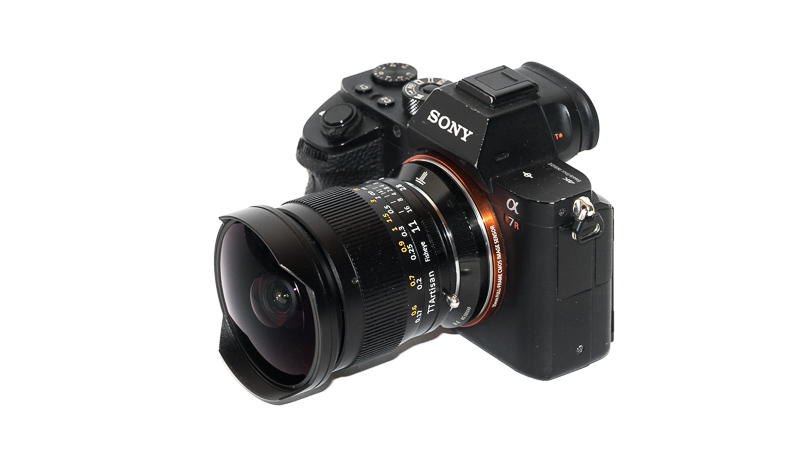
Fisheye lenses are not exactly hugely popular and the fact that we haven’t seen a fullframe fisheye lens designed for mirrorless yet – in more than 60 years of the Leica-M system we haven’t seen a single one – only supports this. So maybe this 11mm 2.8 from TTArtisan is a welcome surprise, being the first of its kind? Let us find out in this review!
February 2023: Alternatives section updated
Sample Images
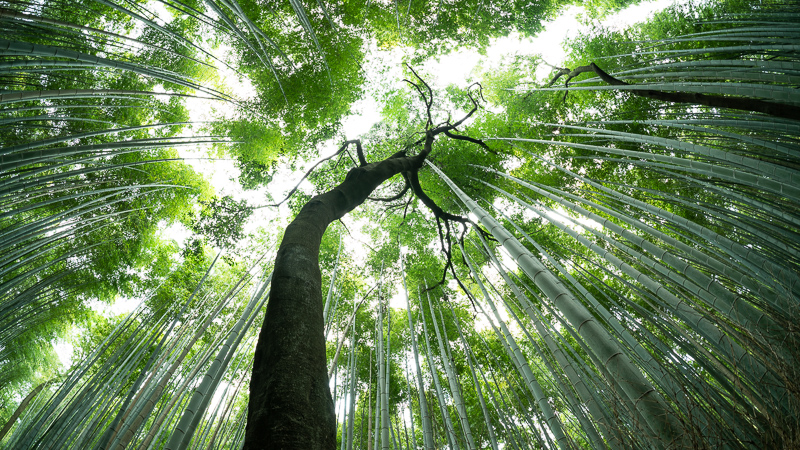
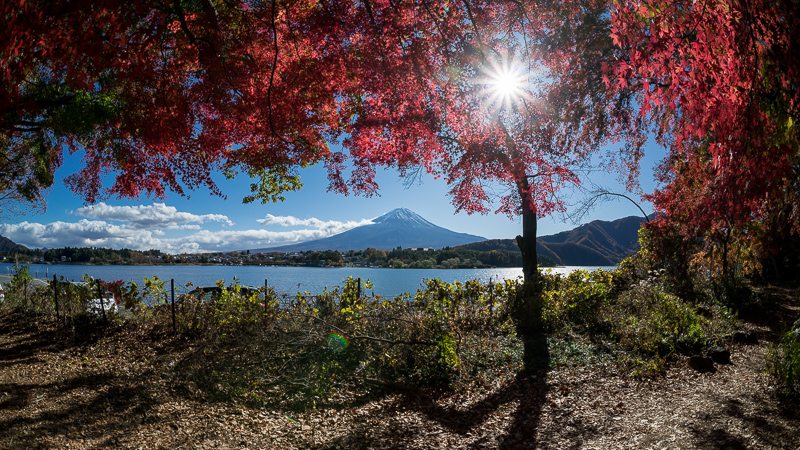
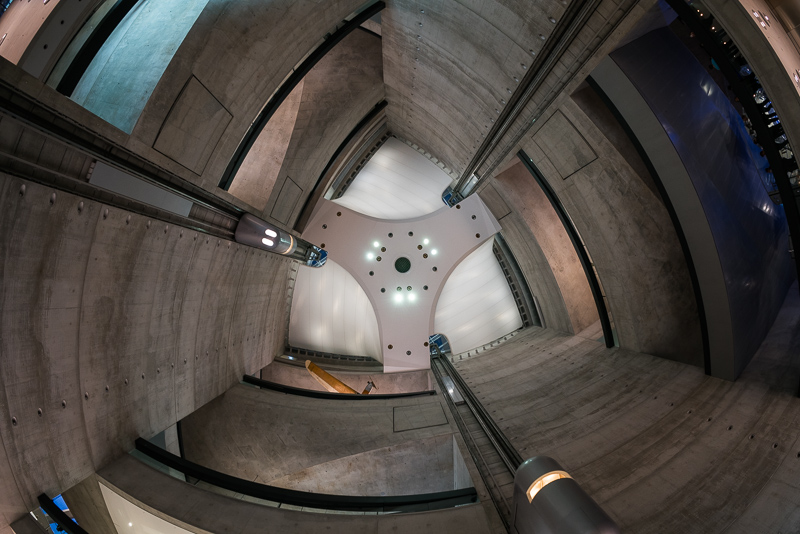
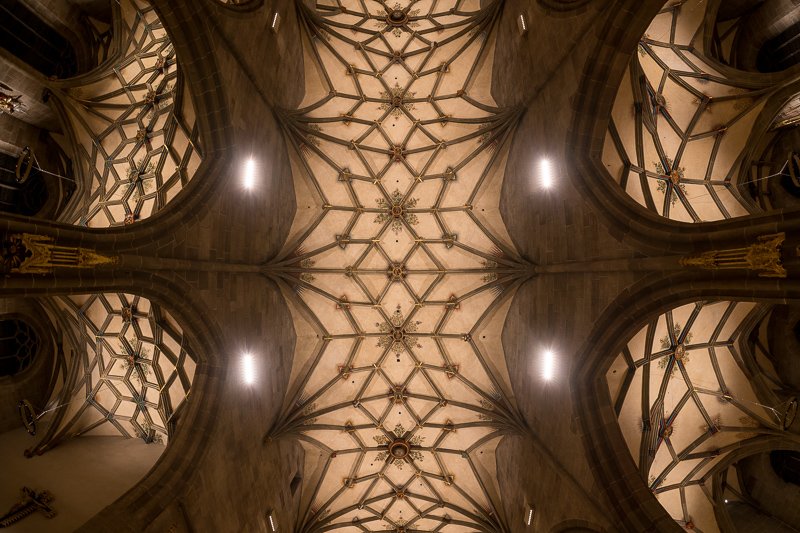
You can find most of the shots in this review in full resolution here.
Contents
Specifications / Version History
I am reviewing a final production model here which has the following specifications:
- Diameter: 67mm
- Field of view: 180° (diagonally)
- Length: 72mm + adapter
- Weight: 440g + adapter
- Filter Diameter: –
- Number of Aperture Blades: 7 (rounded)
- Elements/Groups: 11/7
- Close Focusing Distance: 0.17m
- Mount: Leica-M
buy from the manufacturer’s shop | B&H | amazon.com | amazon.de | ebay.com | ebay.de (affiliate links) for $215
Disclosure
The TTArtisan 11mm 2.8 Fisheye was kindly provided free of charge by TTArtisan for reviewing purpose for a few weeks.
What is a fisheye lens?
As this is the first fisheye lens we reivew here it might make sense to have a short look what differentiates a fisheye lens from a normal ultra wide angle lens.
The TTArtisan 11mm 2.8 is a diagonal fisheye, meaning it covers a field of view of 180° diagonally. There are also circular fisheyes that cover only a round image with a field of view of 180° in all directions.
Compared to rectilinear ultra wide angle lenses fisheye lenses offer a different kind of projection which at first sight look like there is a lot of distortion:
But this is not the whole story, without going too much into detail of different fisheye projections (you can do that here or here) the shape of objects closer to the corners stays closer to what they actually are. You can see that in the comparison above, the reflection of the lamp is round in the fisheye image while it is streched in the image of the rectilinear lens. So, depending on what part of the image you look at, the distortion of a fisheye lens may actually be less, not more.
Nevertheless, I personally think the usefulness of fisheye lenses is a bit limited. They are mostly useful for creating 360° panoramas, funny animal pictures/portraits and sometimes astrophotography. You can still use them for landscape photography – as some of the sample images may show – but it is not that easy to find compositions that actually work, so I would not recommend a fisheye lenses to anyone who is just starting with photography.
Handling / Build Quality
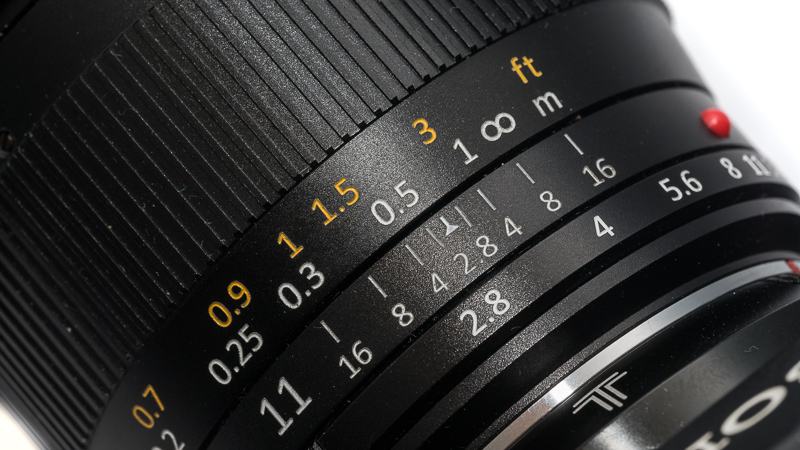
In terms of the color scheme this looks very much like a Leica M lens including the famous red dot. Markings are yellow/white (seem to be slightly engraved and filled with paint) and the focus ring has a very nice resistance and turns about 90° from the minimum focus distance of 0.17 m to infinity.
The aperture ring is a more basic design without click stops and with varying distance between the stops. It also features a small tab which is useful as it is very narrow and a bit on the stiff side.
The lens seems to be mostly made from metal and a metal slip on lens cap is included as well. My lens also shipped with an 11mm optical viewfinder, which will be useful for Leica M users, but I am not sure whether it is an optional accessory, so if you need it be sure to get it with the lens.
Vignetting and colorcast
With our usual approach we cannot get decent values on the vignetting of fish-eye lenses. What I can tell you is that the vignetting figures are significantly lower than those of rectilinear ultra wide angle lenses, especially compact ones.
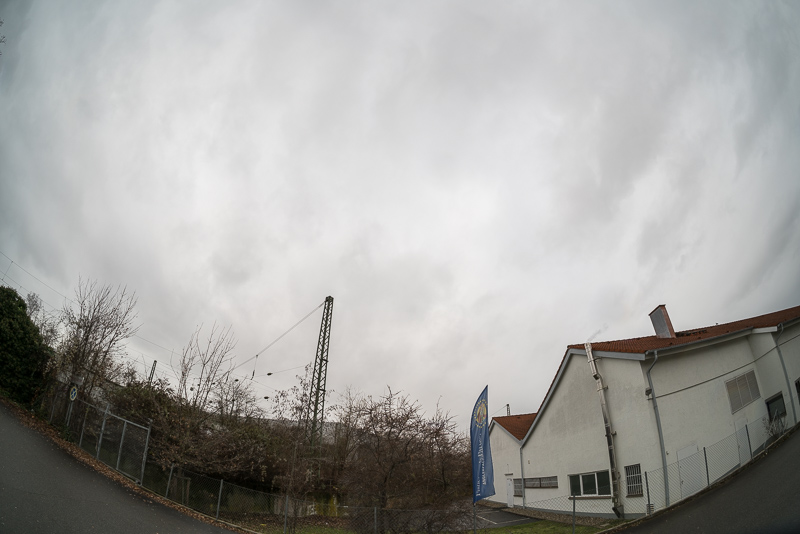
Also similar to the Voigtlander UWA primes and some of the wide Laowa primes (12mm 2.8 and 15mm 2.0) this lens shows some slight green color cast in the corners which can become visible with bright skies.
Sharpness
infinity
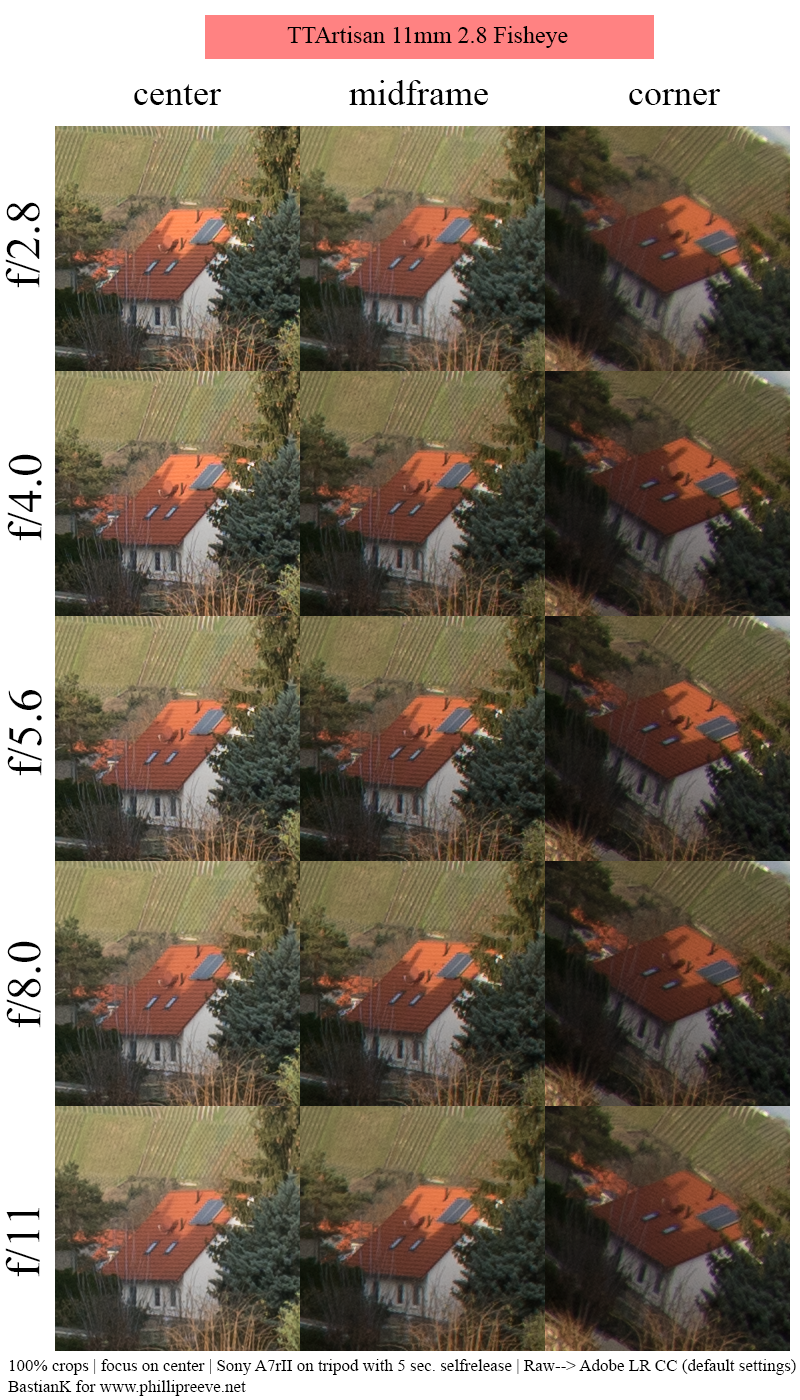
The center actually looks really good starting from wide open and even the midframe does not lack far behind. Only the corners benefit from stopping down a bit, but f/4.0 is enough to make the whole frame look good when focusing at the center.
There is still a bit of filter stack induced field curvature with this lens. Unlike most other wide angle lenses designed for Leica M mount the penalty when using this lens on a Sony instead of a Leica camera is not as big in terms of sharpness, but have a look at the coma section, where the difference is more obvious.
close focus (0.17 m)
With the minimum focus distance of just 0.17 m you can get really close to your subject and might even be shading it with your lens.
Already wide open the image quality is very good in the center and further increases on stopping down a bit.
There is quite some field curvature and also some other aberrations off center at this distance though, but this should hardly be an issue in the field with a fisheye lens.
Distortion
Well, this is a fish-eye lens, so you knew before what you signed up for. It is technically possible to “correct” the distortion of a fish-eye lens, but the loss in resolution is so big, this is hardly advisable.
We have a big selection of rectilinear ultra wide angle lenses for E-mount, so if you want one, get one, not a fisheye lens.
For those that care: I was using the lens profile for the Samyang 7.5mm f/3.5 Fisheye in Lightroom for correction here, which worked best of all those I tested.
Bokeh
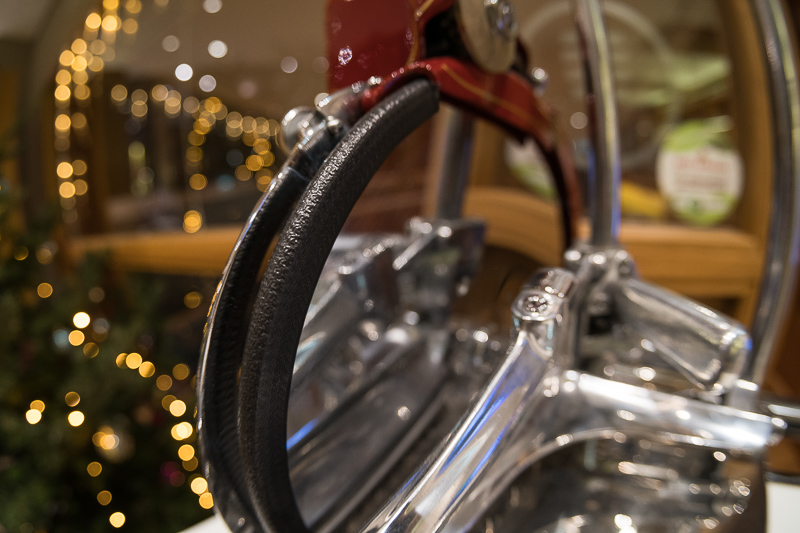
The comparably fast maximum aperture coupled with the minimum focus distance of only 17 cm allows to get quite a decent amount of bokeh in your shots, but being an ultra wide fisheye lens you need to be really close to your subject to do so.
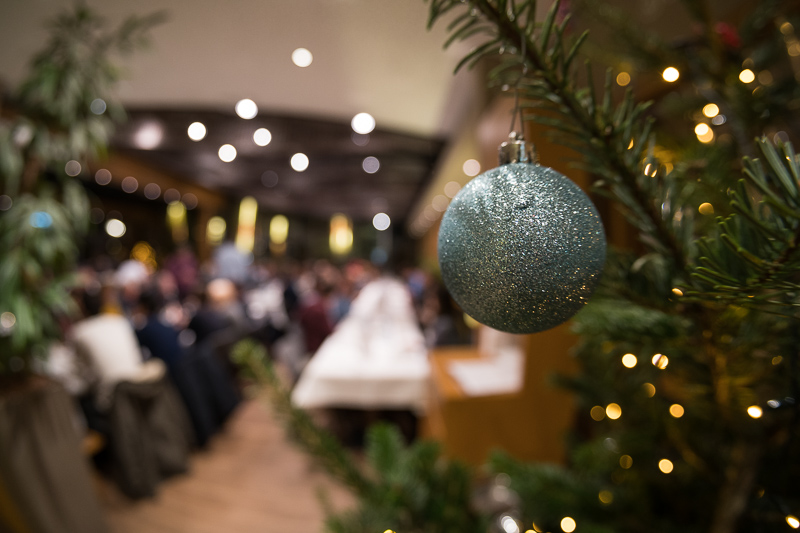
If you do the bokeh is actually surprisingly good, with only minor outlining, nervousness and onion rings.
Sunstars
The TTArtisan 11mm 2.8 fisheye features 7 aperture blades. This is rarely good news for distinct sunstars as can be seen from the crops above. Between f/2.8 and f/5.6 the sunstars are frayed and not well defined, only at f/16 they become pointed.
This is a highly subjective topic so you might want to have a look at this article and decide for yourself, what you prefer.
Coma correction
100% crops from extreme corner, focused on corner, A7rII
The coma correction is okay at f/2.8 and good from f/4.0, but the field curvature becomes a problem here: if you focus on the center the corners will look worse (and vice versa). This is very unfortunate for astrophotography, where you want all of the sky at infinity in focus.
Flare resistance
Good news first: with the sun close to the center there are hardly any issues.
With the sun close to the corner or just out of the frame the situation is worse though – as is the case with most lenses by the way. Wide open we have some patterns that look like internal reflections that go away on stopping down (see comparison above).
We also have a bit of ghosting: red ghosts with the sun close to the border, green ones with the sun a bit closer to the midframe.
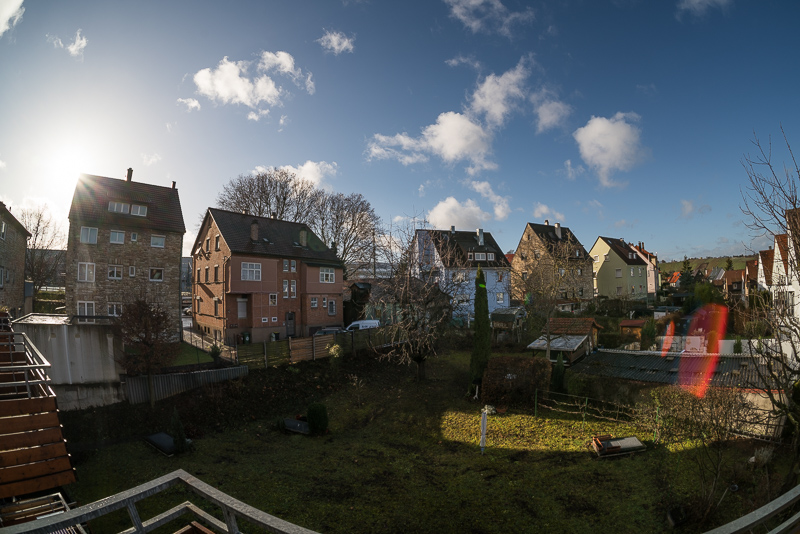
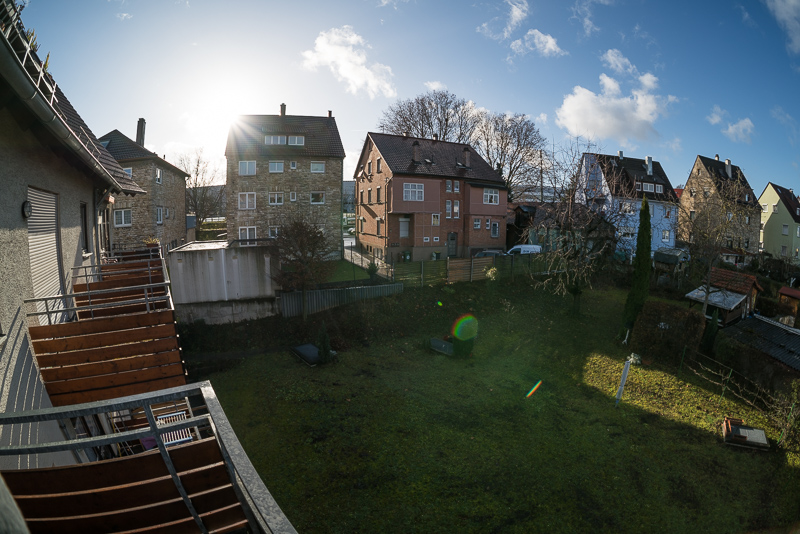
The contrast stays on a high level though and I hardly saw any issues with veiling flare.
I have not put any other fisheye lenses through my tests yet, so it is a bit harder for me to evaluate these results. From other trustworthy reviews I have seen, it seems the Samyang 12mm 2.8 and the Nikon 8-15mm 4.0 perform slightly better, at the same time the TTArtisan’s results are not exactly bad, so I call this an average performance.
Chromatic aberrations
lateral
All the fisheye lenses I tried so far (4 including this) had noticeable lateral CA and the TTArtisan 11mm 2.8 fisheye is no exception here. The correction in camera for Jpegs or in Lightroom still does a good job, so this is hardly something to worry about.
longitudinal
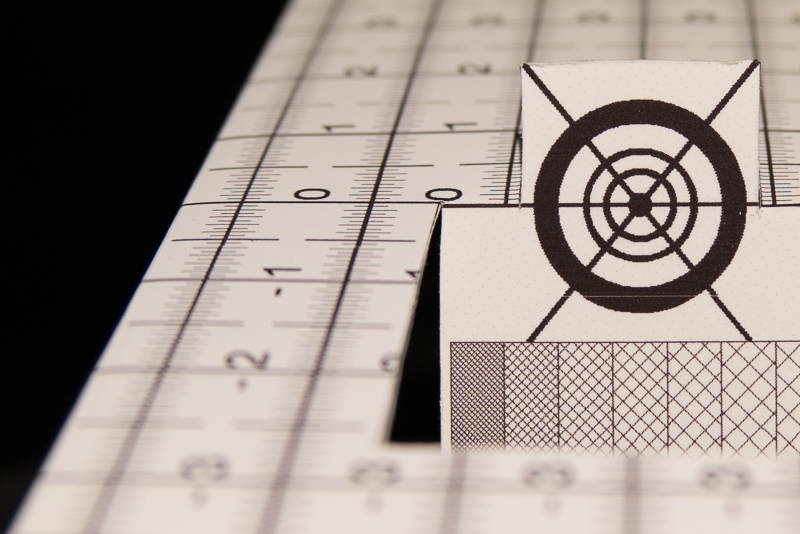
At close distance there are only minor longitudinal CA (loCA) visible.
Even at longer distances loCA are hardly a problem, if you zoom in to 100% you can see a bit of color fringing but nothing that will ruin a shot.
Alternatives
AstrHori 12mm 2.8 Fish-eye:
The AstrHori 12mm 2.8 is way bigger and heavier. It has better flare resistance and CA correction but performs similar in terms of sharpness and coma correction.
buy from amazon.de | ebay.com | ebay.de (affiliate links) for $256
7Artisans 10mm 2.8 Fisheye:
I haven’t used this one. In terms of weight and size it sits inbetween the aforementioned AstrHori and this TTArtisan lens.
buy from amazon.com | B&H | ebay.com | amazon.de | ebay.de for $256 (affiliate links)
Samyang 12mm 2.8 Fish-eye:
I have shortly been using this lens on my Nikon DSLRs and via adapter on a 24mp Sony camera. It is similarly good optically (with less field curavture though) while being much bigger and also more expensive.
buy from amazon.com | B&H | ebay.com | amazon.de | ebay.de for $419 (affiliate links)
Canon 8-15mm 4.0L Fisheye USM:
This is a rather odd/interesting Fisheye zoom lens. At 8mm you have a 180° circular fisheye while at 15mm you have a 180° diagonal fisheye. If you have use for both this lens can be a good option. Not long ago Nikon introduced a similar lens, but as it is harder to adapt to Sony I recommend the Canon lens.
buy from amazon.com | B&H | ebay.com | amazon.de | ebay.de for $1249 (affiliate links)
Conclusion
good
|
average
|
not good
|
The TTArtisan 11mm 2.8 Fisheye is actually a well balanced lens: good sharpness, solid build quality, compact size, decently priced. The main problem here is, that it isn’t optimized for the Sony filter stack, which leads to a bit of field curvature.
The situation is not as bad as it is with many other M-mount ultra wide angle lenses (see this article for further reference) though, so it can still be an option if you are looking for a most compact fisheye lens or you only intend to shoot stopped down or at closer distances.
In lack of a Leica camera I cannot tell you if all the field curvature is gone here, but I would guess so, and I think a version optimized for Sony cameras would be very welcome, as there isn’t really any competition at the moment.
buy from the manufacturer’s shop | B&H | amazon.com | amazon.de | ebay.com | ebay.de (affiliate links) for $215
Sample images
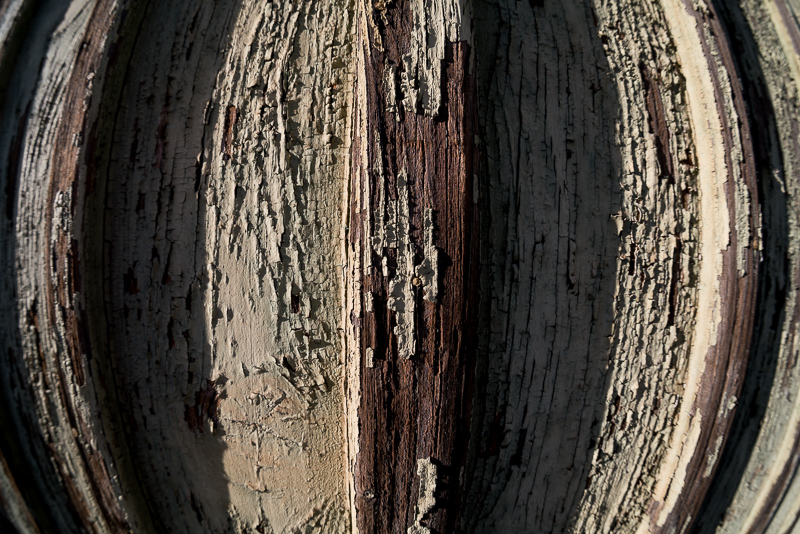
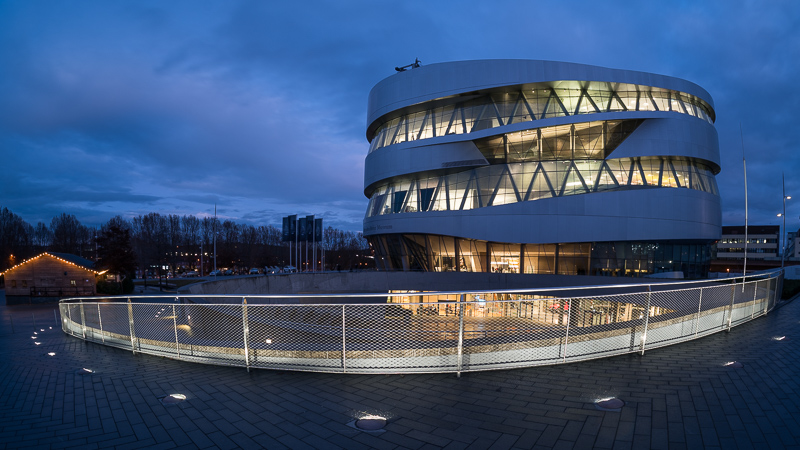
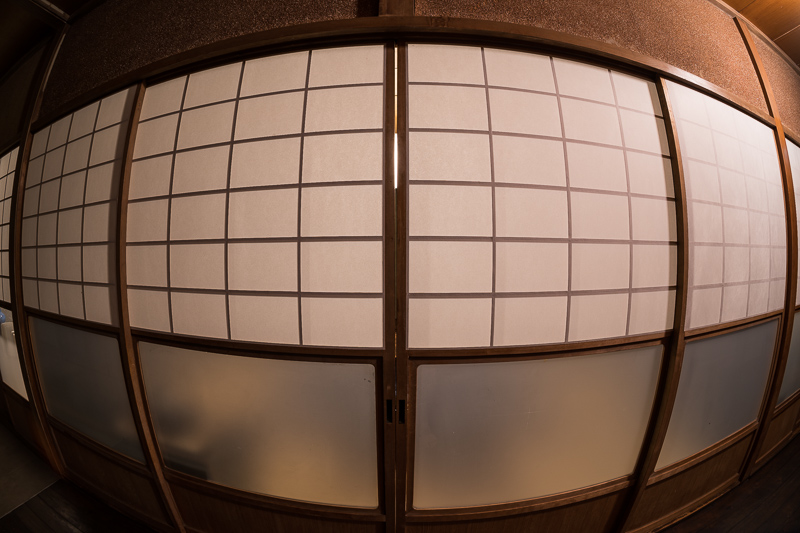
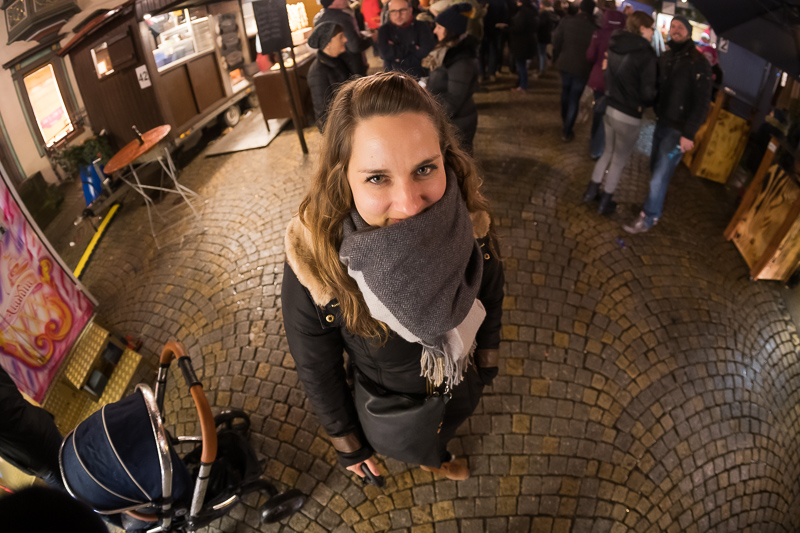
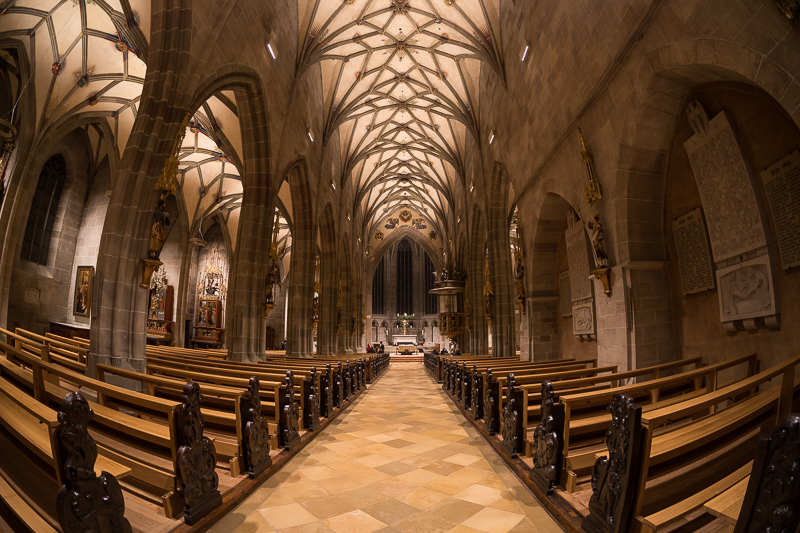
You can find most of the shots in this review in full resolution here.
Further Reading
- Guide to 10-20mm Ultra Wide Angle lenses for the A7 Series
- Sony FE lenses: Our comprehensive and independent guide
- How to take better pictures? Composition techniques
Support Us
Did you find this article useful or just liked reading it? Treat us to a coffee!
![]()
![]()
![]() via Paypal
via Paypal
This site contains affiliate links. If you make a purchase using any of the links marked as affiliate links, I may receive a small commission at no additional cost to you. This helps support the creation of future content.
Latest posts by BastianK (see all)
- Review: Viltrox AF 35mm 1.2 FE LAB - December 17, 2025
- Analogue Adventures – Part 47: Tübingen - December 17, 2025
- Review: Zeiss Milvus 25mm 1.4 Distagon - December 13, 2025
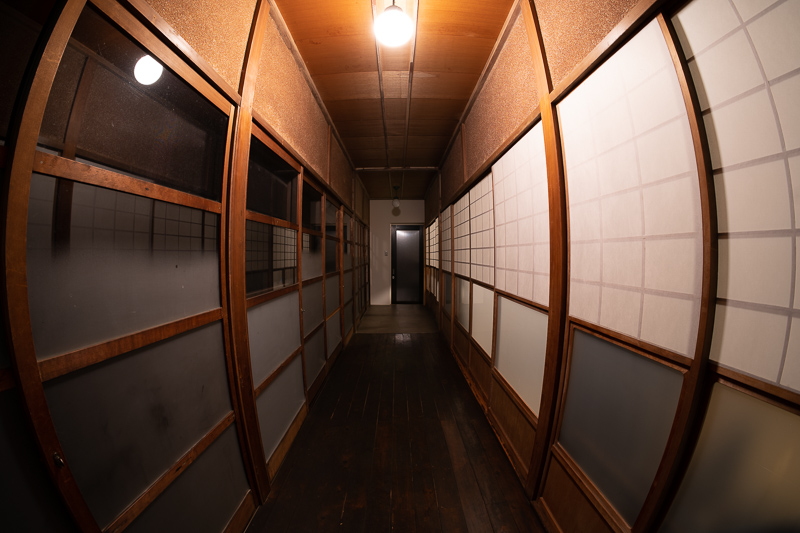


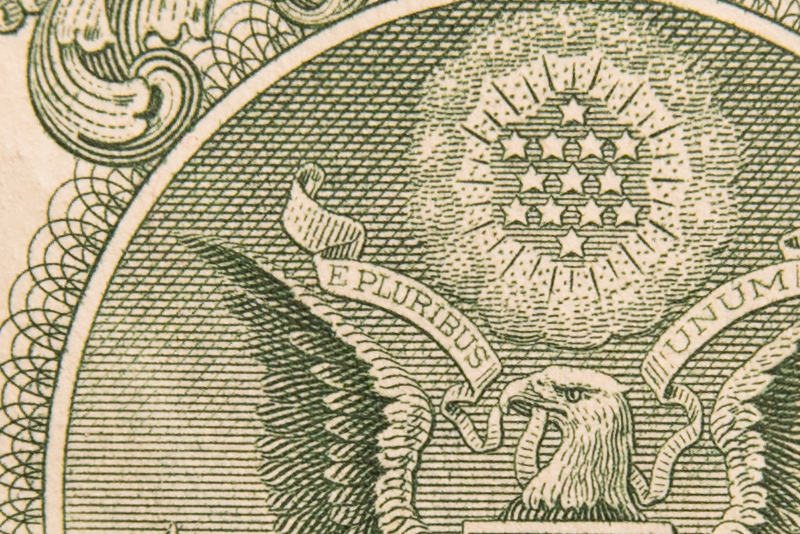
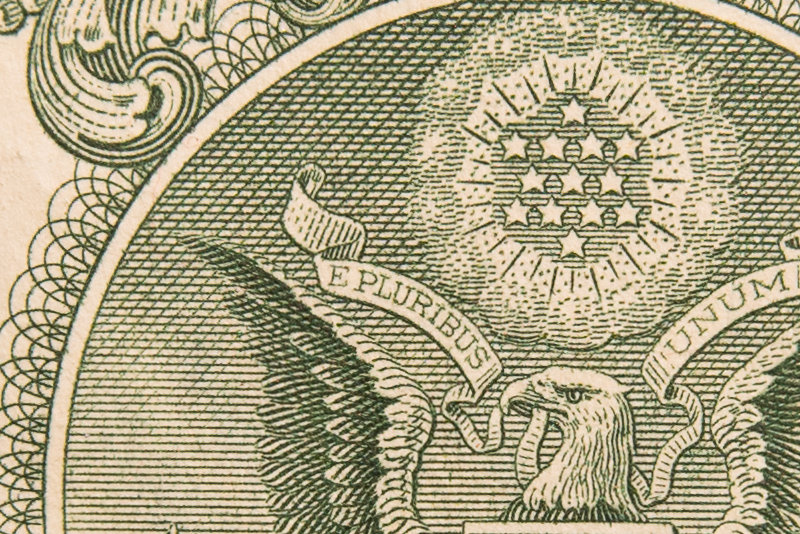
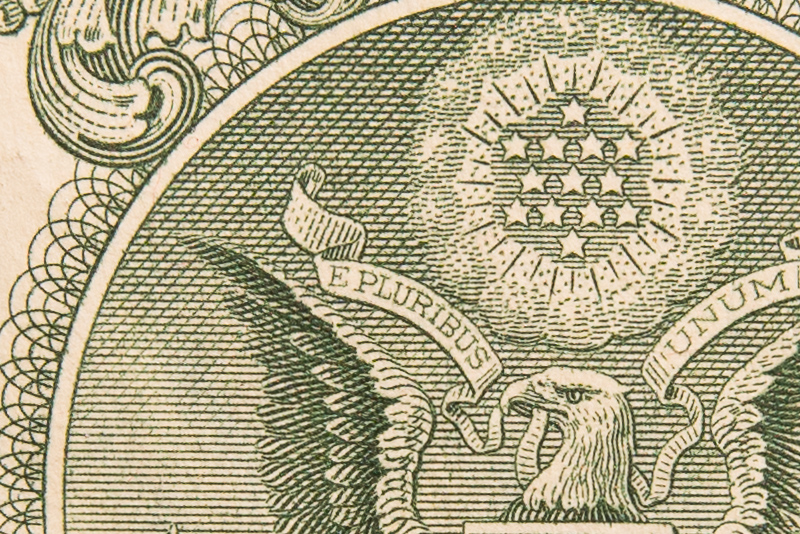
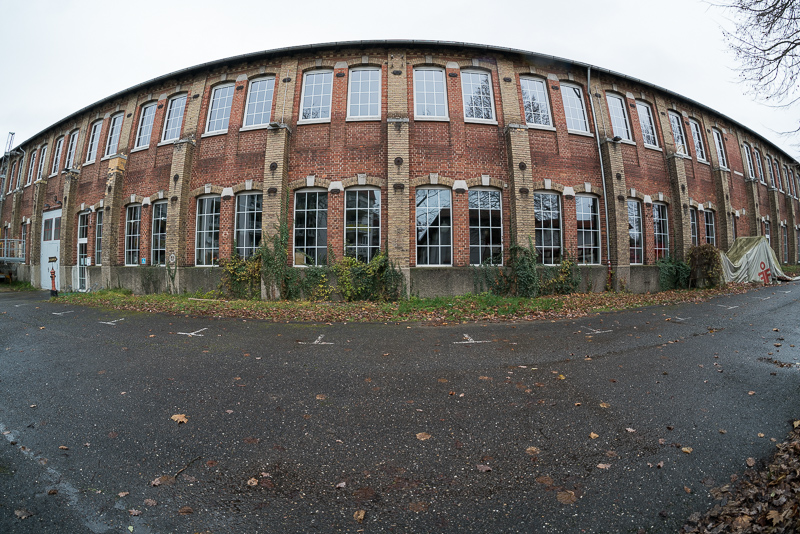
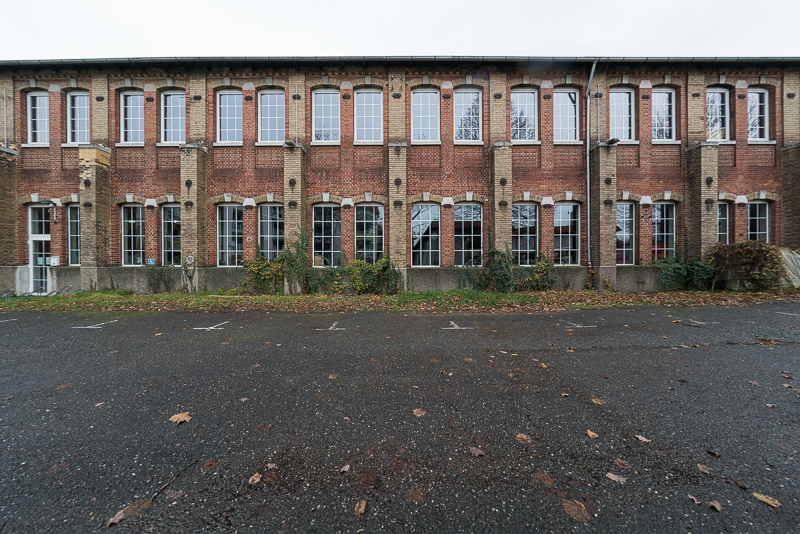
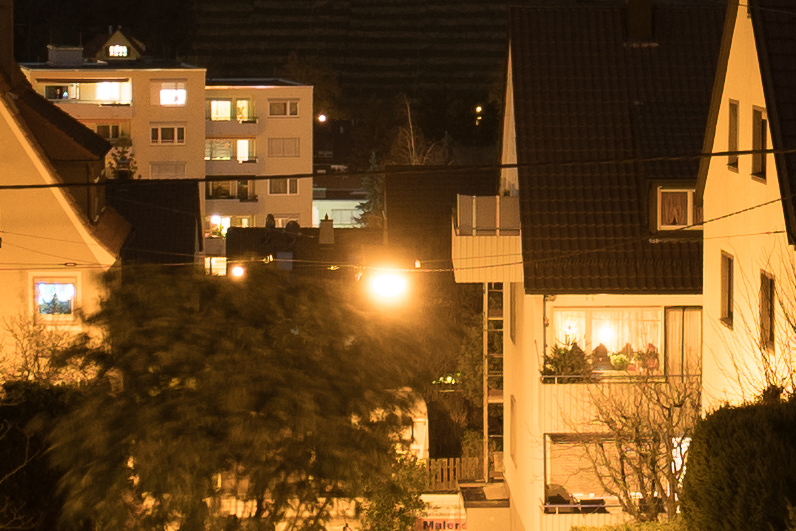
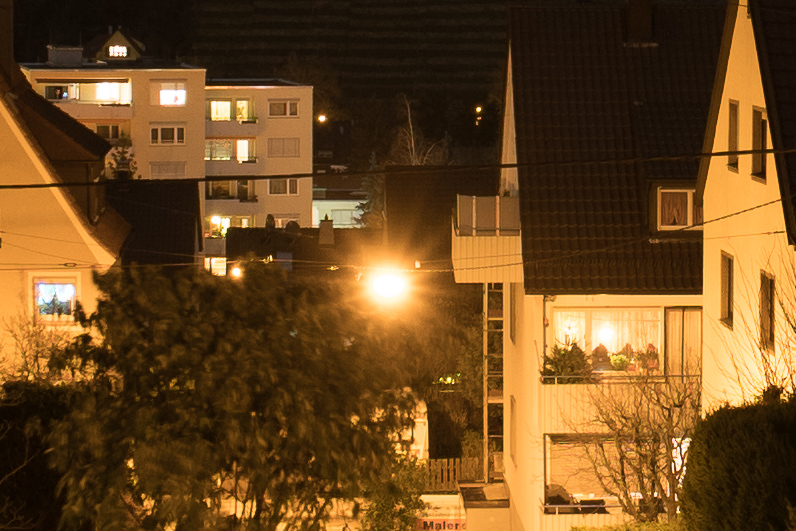
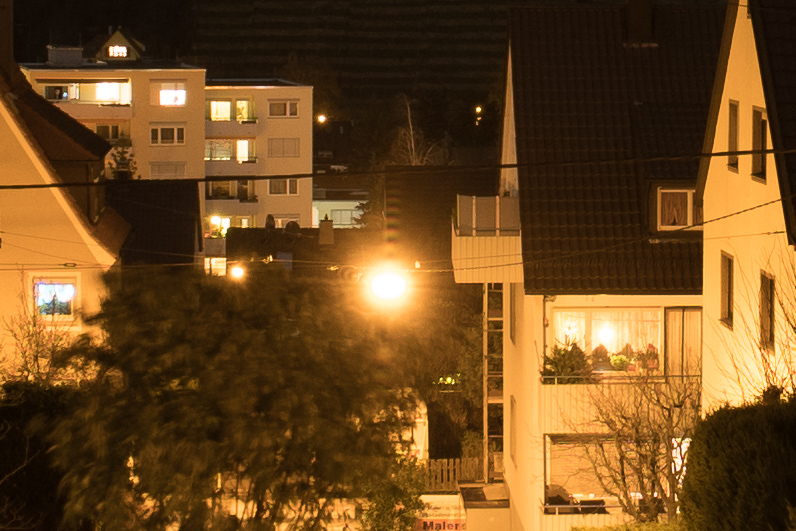
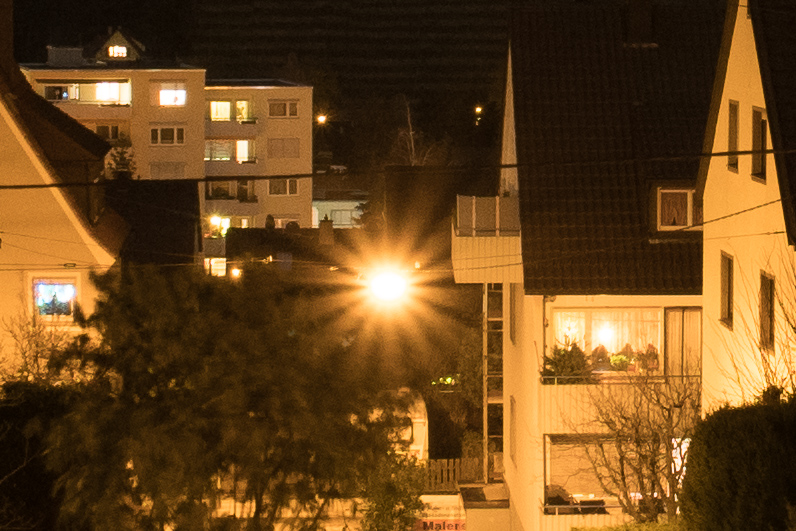
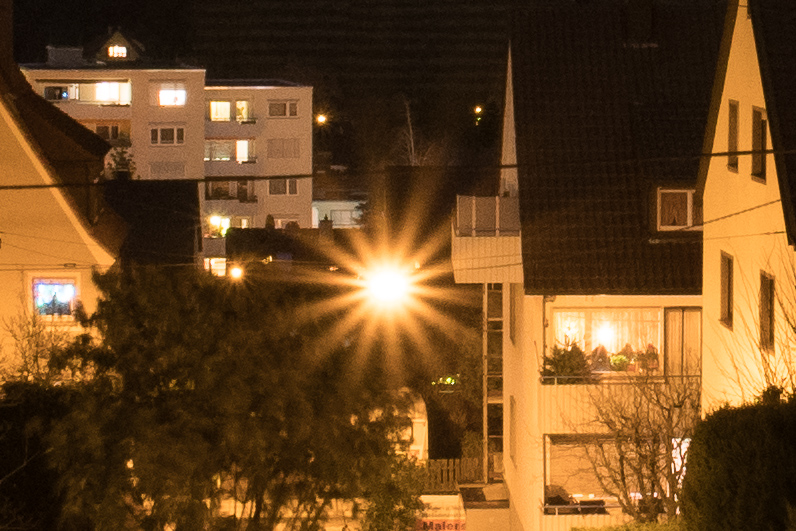
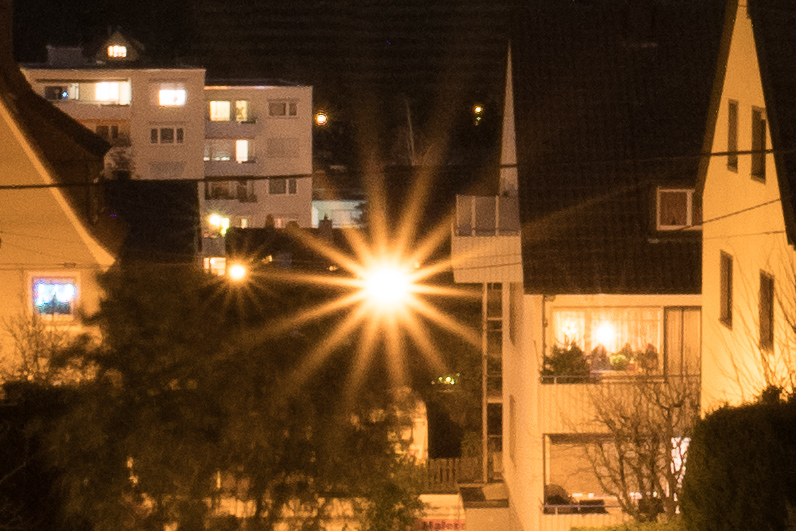
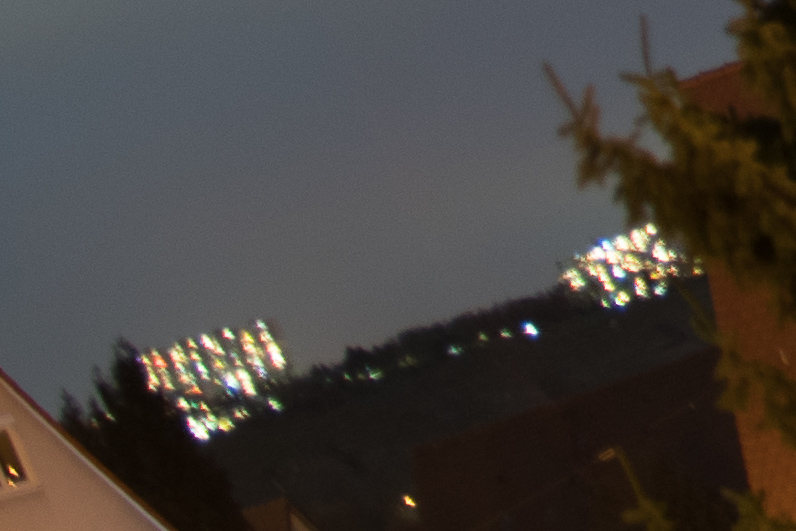
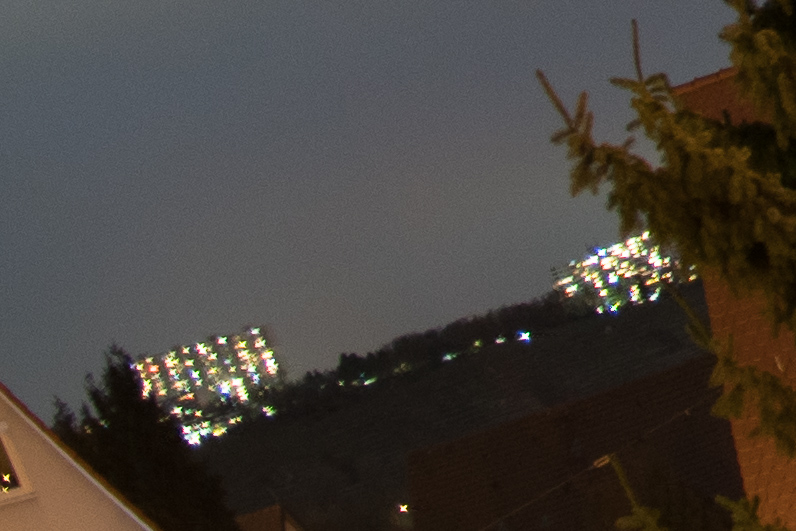
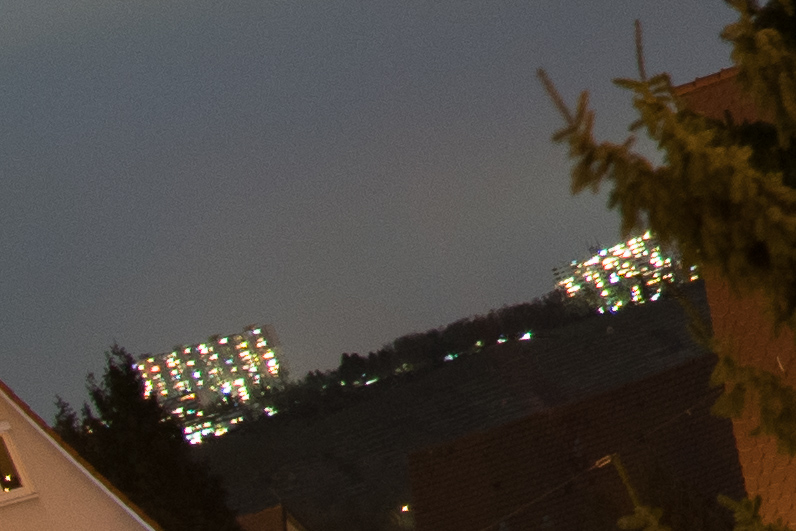
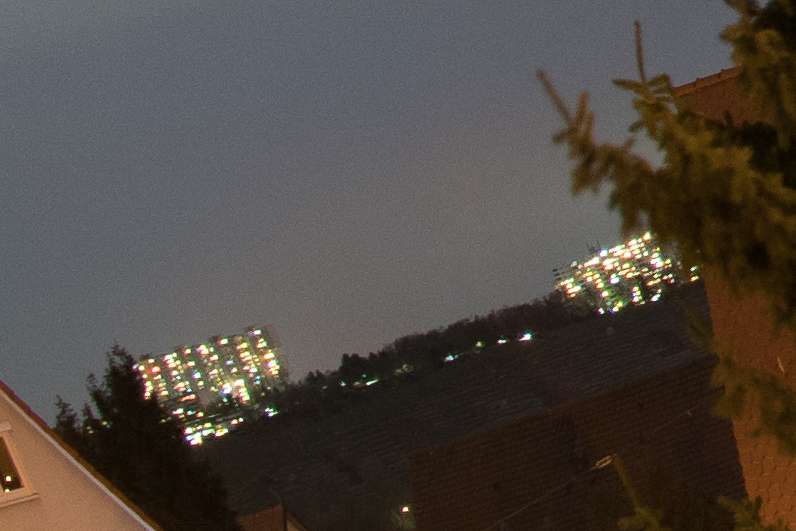
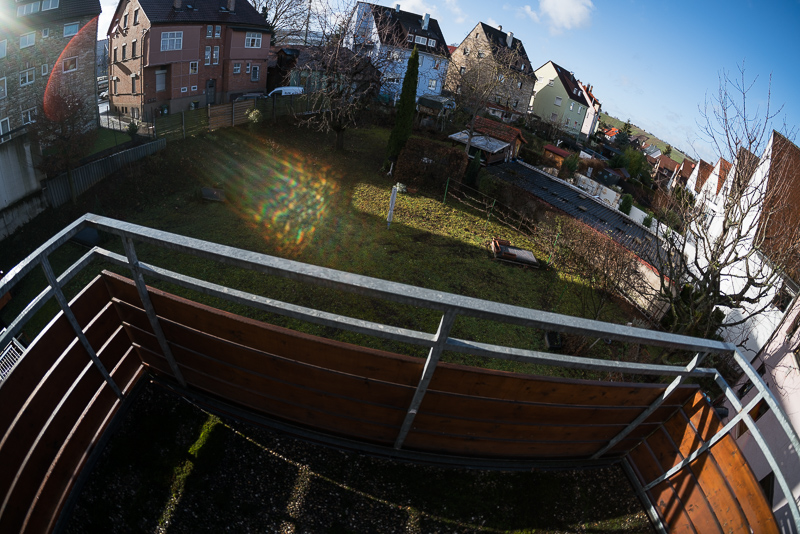
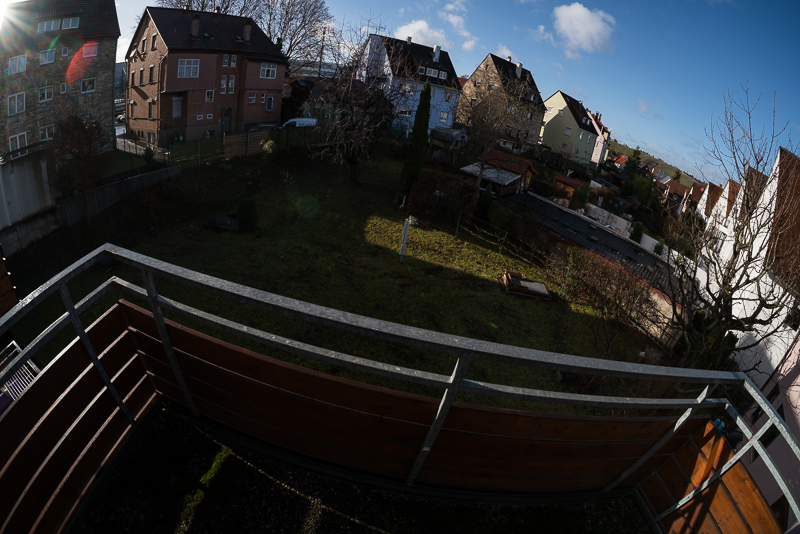
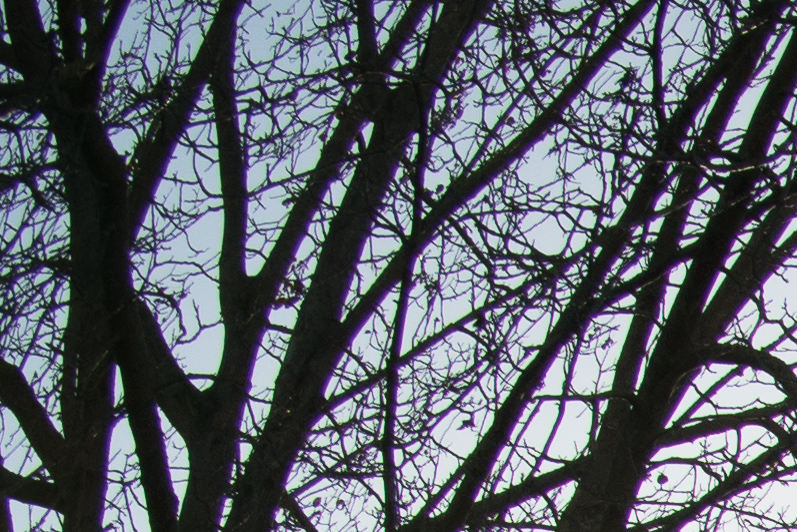
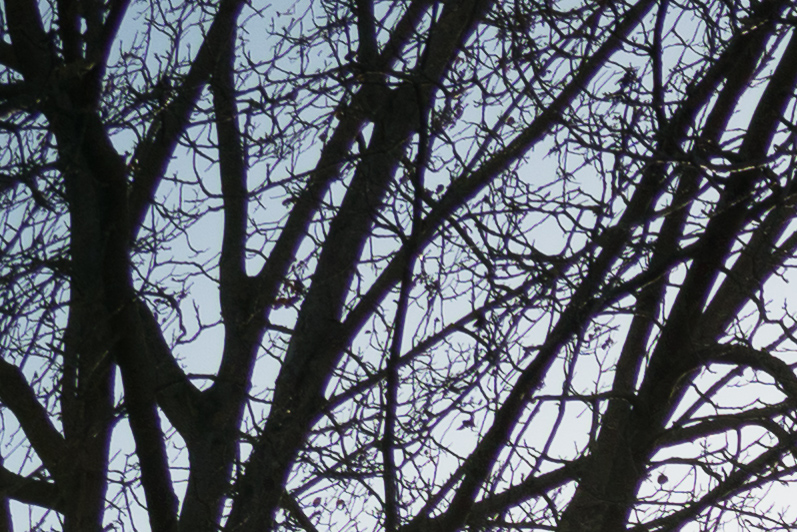
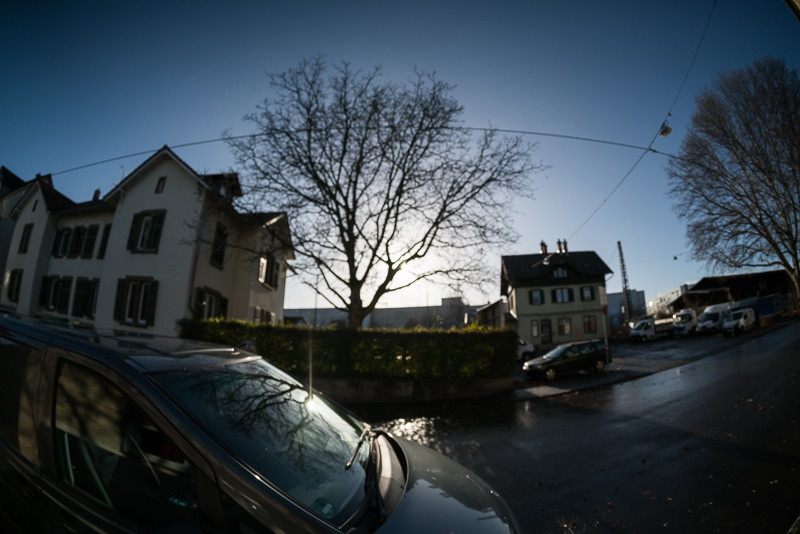
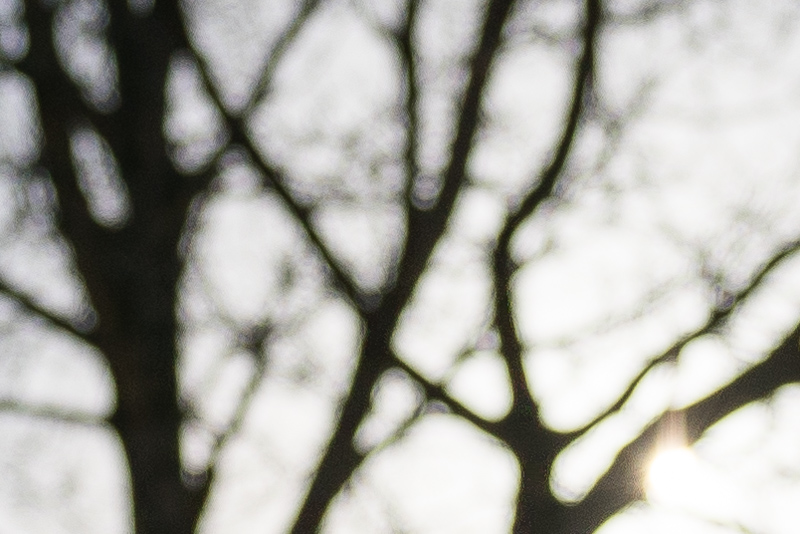
Hint: transform the image to spherical projection in ptgui (or hugin, may be). In such manner you’re getting much more natural image (with straight trees and walls), without significant resolution drop.
BTW, my first fisheye was Peleng 8/3.5 in 2012, then I got Sigma 8/3.5, and finally I settled on Canon 8-15 in 2014. Though the only good way to adapt it on Sony is MC11, as MBV and Commlite don’t work well. And actually its 8 mm setting is useful on cropped sensor only, as for panoramas on FF you’re much better served with 12 mm. There’s much cheaper Tokina 11-17 mm fisheye, and it looks like a better value than 8-15L.
Tokina is not FF lens.
although the Tokina 11-17 is originally designed as an aps-c lens, it has a version without sunshade which can be used on FF cams. before this version a lot of people “shaved” the sunshade for this purpose (https://www.360pano.de/en/shaved-lens/tokina-10-17mm).
I imagine with the thinner filter stack of the Nikon Z cameras, the field curvature issue may not be an issue on them. Looks like a pretty good lens!
Yeah, pretty good lens. Too bad it isn’t optimized for the Sony filter stack.
I have this for Z mount now – as temporary cheap option until I could find a better rectilinear Z option.
Unfortunately I can’t seem to find anything manual/prime better yet – I have tried the Laowa 12-24 f5.6 but the image quality I didn’t like so much – pity.
I will try a Laowa 11mm FF f4.5 next – what do you think Bastian? I think the 14mm would be better maybe as it has 52mm filter size same as my other travel companion the Nikon 40mm f2.
Many thanks Andy
I don’t think the 11mm 4.5 and 14mm 4.0 are noticeably better performers than the 12-24mm 5.6, which makes it a bit harder to give advice here.
If you have an option to try these I would recommend to get both (11 and 14) and keeping the one you are happier with.
The Canon FD 15mm 2.8 fisheye is okay if you find one for a decent price, not used it that much to give a full re review. This link is to one image I posted on Instagram. https://www.instagram.com/p/BzsyyFsD4rV/?utm_source=ig_web_copy_link
Actually, the Samyang 12mm f/2.8 is also available in native Sony E-Mount, See: https://www.samyanglensglobal.com/en/product/product-view.php?seq=190 . I own it and much prefer the less noticeable bulging effect compared to other fisheye lenses. Christopher Frost made a nice visual comparison of this in his video review here: https://www.youtube.com/watch?v=MQGcqv8JO2M&t=100
Just adding a non removable adapter in the factory does not make it a native mirror less design.
It doesn’t of course, but that wasn’t the point I think.
Although technically, when we’re talking MF fisheyes for Sony and one of them needs additional M mount adapter and is not optimized for the Sony filter stack in corners, and then there’s Samyang which, while being DSLR lens originally, does come with Sony native mount built in (no electronics of course) and works better in the corners on mirrorless Sony, then it certainly feels more native I’d say 🙂
Anyway, it would really be interesting to see them compared, it wouldn’t surprise me if 11mm was somehow derived from Samyang, which would be a good thing since there’s probably no better fisheye (especially when one prefers more balanced stereographic projection). I even use Samyang Nikon mount with a speedbooster adapter on A6500 when needed, works quite well too (1.1x crop).
Leica M camera is mirroless with biggest flange distance 27,9mmm
Intersting review! Is a review of the ttartisan 35 1.4 comming anytime soon? Seems to be a different formula than the 7artisans 35 1.4.
Yes, it is a different design, the review is finished by about 80% and will be published within the next weeks.
Thanks, great to hear!
Happy holidays ?
I clicked on the link provided for Amazon, and they are showing it available in the Sony E mount. Has a 6-10 day shipping wait, but at a pretty good discount over the Leica mount. I wonder if that is more corrected for Sony cameras. I’ve been using the Olympus OM 16mm, on those very few occasions I can find a suitable subject. Hard to beat for size and weight.
It is not corrected for Sony cameras but might include an adapter.
It looks like it’s not the same lens. See this article in French :
https://www.reponsesphoto.fr/actualites/le-fisheye-ttartisans-11mm-f2-8-disponible-en-monture-sony-e-31912
I got word that the TTArtisan lenses may also be adjusted for the thicker filter stack (like was the case with the 7Artisans 28mm 1.4 FE+).
Maybe I did complain enough about this 🙂
From what I have seen the Canon 8-15 is far worse in terms of CA and corner performance.
I find a circular fisheye very useful for landscapes. I hope someone makes a suitable one soon. Until then I have been using the Meike 6.5mm (for APS-C).
Very interesting insight on the Canon, thanks for sharing!
Hi, I’ve been using the Samyang/Rokinon 8mm f2.8 fisheye (design for mirrorless APS-C cameras). I bought it in China for 1000RMB(about $150). It’s a good fisheye, very small and sharp enough. However, I have to use the crop mode in my A7R2 and get only 18MP. I think that you could try this.
I always want to get a mirrorless-design full frame fisheye, I have been waiting this TTArtist fisheye for a long time. However, it seems that the horizontal angel of view is no wider than 10mm wide-angle lens, which is 120°. The other fisheye I used is about 144°, so I am worryed that this lens just have the Fisheye Projection but not as wide as other fisheyes.
Thank you Bastian for your X-mas-review!
And thank you to the whole team for your lots of time you Spende for this Blog this year!
Beautiful lens and pretty pictures.
Great performance for 215$ lens.
Thank you for reviewing it.
Hi Bastian,
May I know which adapter did you use to adapt the lens?
Thanks you and Merry Christmas 🙂
Most of the time I have been using a Hawk’s factory helicoid adapter, but in the title picture you see the TTArtisan adapter.
This is pedantic of course, but the original Fisheye-Nikkors from the 1960s (6mm/5.6, 7.5mm/5.6, 8mm/8, 10mm/5.6), with their lengthy rear protrusions and mandatory mirror lock-up, are genuine mirrorless fisheye lens designs for full-frame cameras… so this TTArtisan isn’t the first.
They predate digital mirrorless, but optically the intent and function of those Fisheye-Nikkors (lens, shutter, and film/sensor in very close proximity with no empty tube spacer or reflex mirror in-between) is of no difference to what we would call a native mirrorless lens design today. They are also usable on Leica rangefinder cameras with adapters, so Leica owner’s haven’t _quite_ been without any fisheye lens options all of these years…
These were cool lenses- just often overlooked in the last decade or so due to their awkward usage in the pre-mirrorless digital camera age!
Hi Bastian,
great review. Made me buy one with E-mount. I had it out for a few times now and like it a lot !
Weaknesses are as you describe, what troubles me most is the flare issue. At 180° angle it can be difficult to keep the sun out of the frame.
I don’t shoot brick walls and white painted screens but it seems to me that the colour cast in the cornes is not such a problem with the E mount version. Although I have a Voigtländer LM to E adapter I went for the E mount Version. I got it a good deal below 300 €; probably cheaper because it doesn’t need the rf coupling and does not come with that funny 11 mm “viewfinder”.
Alltogether a nice lens, excellent price-to-performance ratio.
Actually, the color cast is really minor.
It is just that in one review I did not mention it and some pro photographer complained how I couldn’t write about it.
So I am a bit more careful with that these days.
I may also get a review sample of the E-mount version though and will see if that has improved.
The M-Version also has no rangefinder coupling btw, but the viewfinder should make a difference in price indeed.
Did you ever get to take a look at the e-mount version? This lens can be had for ~ 209€ right now which seems like a good deal for a fisheye that wouldn’t get that much use but would be fun to have…
Unfortunately I did not have a chance to do that yet 🙁
But I agree, this sure looks like a pretty good deal.
Thank you!
I guess the Leica M mount would have the advantage of getting even closer focus with my helicoid m adapter, but on the other hand I think with 0,17m this wouldn’t really matter 😀
17 cm (measured from sensor) are clearly good enough in my book 😊
Hi Phillip. Thanks for the review! I have currently have the Samyang 12mm in FE mount but find it rather large and heavy. I see you’ve used this lens, have you done a review of it? I couldn’t find one on our site. I would be very interested to see if you have.
I use this lens for 360 degree panoramas, taking 6 shots around and stitching them together, so I’m curious to see how they compare, especially corner/edge sharpness and flare resistance (the sun or bright light sources are often in the frame at odd angles).
I haven’t had them at the same time but I don’t think there are big differences in terms of image quality.
Bastian, I noted in the latest Amazon catalog that the specifications state that the lens has 10 blades as opposed to 7 and there are click stops to the aperture ring. Can you confirm that there has been a change to the lens for the Sony FF mount?
Ah I need to check!
Thanks please let me know.
Because of holidays took some time, E-mount version also has 7 blades and no click stops, so it seems the description is wrong!
Thanks Bastian.
I am interested in using the TTArtisan 11mm f2.8 on the Nikon Z50 (APSC). The crop could create a great, native ultra wide angle lens after correcting in LR and PS. Maybe you could somehow attach 82mm filters on it? Can you post Comperssion between FF and APSC (Alpha 6XXX)? Thank u a lot!
You want a rectilinear ultra wide angle lens, you should look for one, and not be getting a fisheye instead.
Hello. Thank you very much for the interesing review!
Any Idea on how this lens may compare with the Nikon 16mm f/3.5 fisheye?
Regards and thanks in advance!
The older fisheye lenses usually had severe issues with lateral CA, but I did not try the Nikon personally, so I cannot really add something useful here.
Hi Bastian,
TTArtisan recently released this lens for sony-e. Do you think that the field curvature problem will be resolved on it?
It is possible, but I didn’t try the lens personally, so I don’t know.
Hi Bastian. I got this lens for 360° Panoramas. Verry good review. Its correct that best sharpness is at F4 and for nice Sunstars you prefer to use it at F8 ? Just if more DOF needed (elements in the foreground) you prefer F5.6 or even F8.
I think sharpness at f/5.6 to f/8.0 is slightly better than at f/4, but it is not a big difference, so I would decide on DoF needed and light conditions.
Thank you! And the sunstars at F8 for best sharpness combination?
I think about using it for surfing photo with the a6400 combo, all inside a waterproof box in the water, my doubt is whether I will have the subject in focus or not, it would be enough to increase it to f / 8 only, or I would have to put the ring to infinity , I will be very much at a minimum distance of 2.5 to 4 meters from the subject “surfer”, and many times much more than that, I have to leave everything adjusted for these situations and distances, because after putting it in the waterproof box I no longer have access to anything … would that work or not?
The depth of field of a fisheye lens is huge, so that should not be a problem at all.
I am just wondering if maybe an APS-C fisheye lens like the 7artisans 7.5mm would be better for usage on an A6400.
True … and now with the new 7Artisans 7.5 mark II, a little more improved than version I, I believe it is a good combo … it just scares me the question of the reflexes that this lens has a lot of tendency to occur, and since I will always be in situations of different points in the sun, more and more we will gradually understand how it works and how to have a better position to avoid them, although I like the flares at certain times, thanks for helping me.
I’m alittle confused- I thought 16mm fisheyes on full frame had a 180 degree diagonal angle of view? How much more does this see? :??
It doesn’t see more than other 180° fisheye lenses.
There are different fisheye projections and different projections need different focal lenghts to yield 180° diagonal viewing angle.
For most applications the differences are not important though.
Ah, that’s the sort of info I was looking for. Makes sense- shall keep it in mind.
According to wikipedia fisheye lens article a stereographic projection on FF requires 11mm: https://en.wikipedia.org/wiki/Fisheye_lens#Design
Traditional 15mm fisheye lenses on FF are equisolid angle designs (on paper). This site talks about the design differences: http://paulbourke.net/dome/fisheyetypes/
And the same fisheye Wiki article has also images which visualize the difference between projections: https://en.wikipedia.org/wiki/Fisheye_lens#Mapping_function
So this tt-artisan lens should not distort objects in image borders as much as traditional 15-16mm fishey elenses. The problem is that many people are used to the exaggerated fisheye images, like I am. Well technically you can change the projection with post processing tools so it should not be that big of a deal.